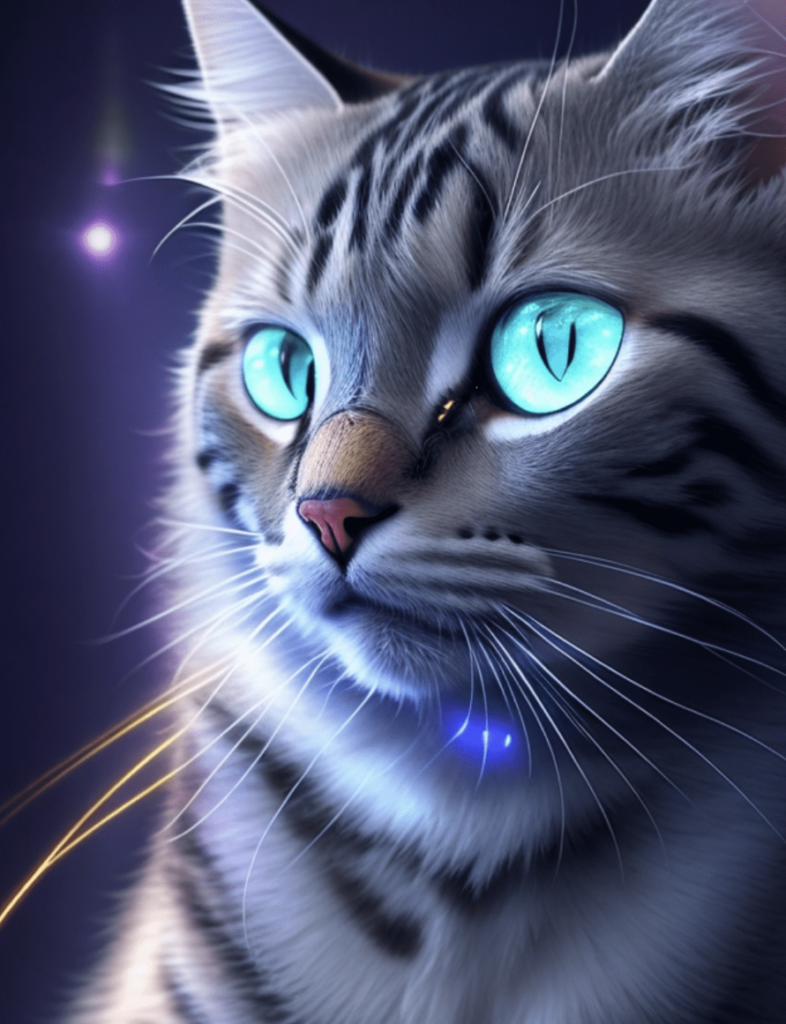Art has always been at the forefront of human expression, evolving alongside technology and culture. As we step into the future, artificial intelligence (AI) is reshaping the way we create and perceive art. With AI-powered tools, generating stunning visuals has become accessible to everyone, from professional artists to hobbyists and even those without any artistic background. These artificial intelligence picture generators are changing the landscape of creative industries and how we engage with visual content.
The Rise of AI in Art
Artificial intelligence is no longer just a tool for automating tasks or enhancing productivity in industries like manufacturing or data analysis. Today, it’s making its mark in the creative world, where artificial intelligence art is taking center stage. AI art generators harness complex algorithms to analyze and learn from vast datasets of existing artwork, allowing them to create entirely new visuals in a variety of styles. What makes this technology fascinating is its ability to blend creativity and computation, offering unprecedented possibilities in artistic expression.
These tools are powered by machine learning models trained on thousands, sometimes millions, of images. As they process this information, they learn to understand patterns, colors, shapes, and artistic styles. Once trained, the free AI art generator can produce unique and highly detailed pieces of artwork in seconds, transforming a simple text prompt into an imaginative visual masterpiece. Whether you’re looking to create a futuristic cityscape, an abstract painting, or a portrait with surreal details, AI art generators make it possible with just a few clicks.
How AI Art Generators Work
At the core of any artificial intelligence art generator is a neural network. One popular type used for creating visuals is the Generative Adversarial Network (GAN), which consists of two competing networks—the generator and the discriminator. The generator creates images from scratch, while the discriminator evaluates their quality. Over time, these networks become highly skilled at producing increasingly realistic or imaginative visuals.
Another popular approach is diffusion-based models, which gradually transform random noise into coherent images based on a user’s input. This technique has gained popularity because it allows users to input more specific details, resulting in personalized artwork. Some tools also provide options for adjusting parameters like color palette, style, and level of abstraction, enabling users to experiment with various artistic directions.
The Democratization of Art
One of the most significant impacts of free artificial intelligence art generators is their democratizing effect on the world of art. Traditionally, creating stunning visual content required years of practice, training, and access to expensive materials or software. But with free AI art generation tools, anyone with access to the internet can create impressive visuals without specialized skills or knowledge. This has opened the door for more people to engage in artistic expression, whether for personal projects, social media content, or even professional applications.
These tools offer a wide range of styles, from photorealism to abstract art, which means that users can create visuals tailored to their preferences or needs. Whether you’re an artist looking for inspiration, a marketer in need of eye-catching visuals for campaigns, or a gamer designing concept art for a project, the potential applications of AI art generators are limitless.
AI Art in Professional Settings
Beyond individual creators, many industries are adopting AI-generated art for commercial purposes. In marketing, businesses are using AI-generated visuals to enhance social media campaigns, websites, and advertisements. Designers can use AI tools to quickly prototype concepts or generate fresh ideas for branding projects. Even in the world of gaming and film, AI-generated concept art is becoming a valuable asset in pre-production stages, where visuals are needed to communicate ideas efficiently.
These tools are especially beneficial for startups or smaller companies that may not have the budget to hire professional artists but still need high-quality visuals. With a free AI art generator, they can create compelling imagery that rivals what a human artist could produce in a fraction of the time and cost.
The Ethical Debate Around AI Art
As exciting as the technology is, artificial intelligence picture generators also spark debates around creativity and authorship. Critics argue that because AI relies on existing artwork to learn and generate new images, it raises questions about originality and the value of human creativity. Additionally, artists whose work is used in training these models may not always receive proper credit or compensation, leading to concerns about the ethics of AI-generated art.
On the other hand, proponents of AI art see it as a tool that enhances human creativity, rather than replacing it. By automating certain aspects of the creative process, AI allows artists to focus on refining their ideas or exploring new directions they might not have considered before.
Conclusion: The Future of AI Art
As we look to the future, it’s clear that free artificial intelligence art generators will continue to evolve and shape the art world. Whether you’re a professional artist looking for inspiration or a beginner experimenting with creative expression, these tools are an exciting addition to the artistic toolbox. They not only democratize access to art creation but also push the boundaries of what’s possible in visual storytelling. As we move forward, it’s essential to embrace this new frontier while also considering the ethical implications of AI in the art world.


